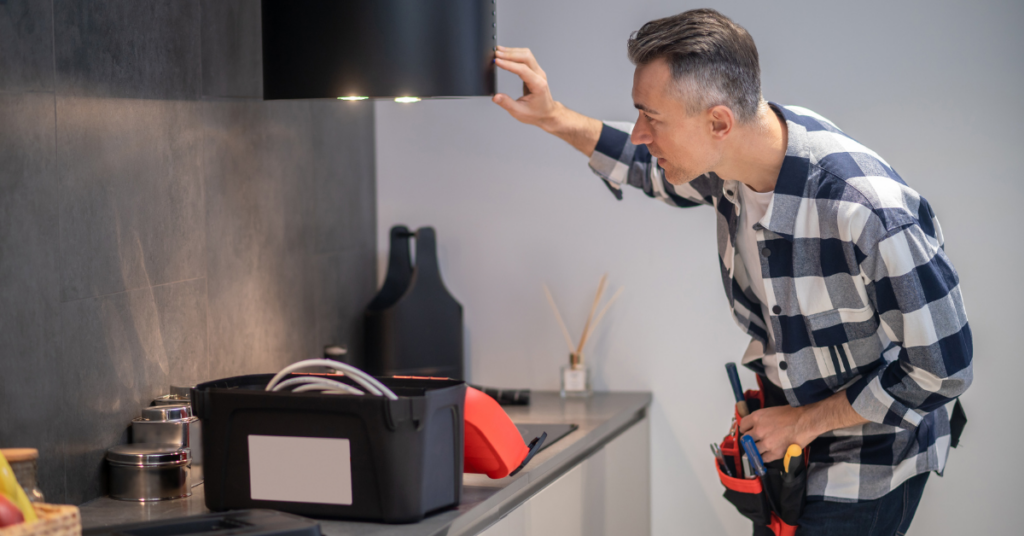How to Conduct a Property Inspection and Why it’s Important
As a property owner, it’s essential to conduct regular inspections to ensure your property is in good condition and identify any potential problems before they become costly and time-consuming. This blog will discuss how to conduct a property inspection and its importance. Why is Property Inspection Important? There are several reasons why property…

As a property owner, it’s essential to conduct regular inspections to ensure your property is in good condition and identify any potential problems before they become costly and time-consuming. This blog will discuss how to conduct a property inspection and its importance.
Why is Property Inspection Important?
There are several reasons why property inspections are essential, including:
- Identifying maintenance issues: Regular inspections can help identify them before they become more serious problems. By catching minor issues early, you can address them before they turn into costly repairs.
- Ensuring tenant safety: Inspections can help ensure the property is safe for tenants. For example, you can check for potential fire hazards, carbon monoxide leaks, and other safety issues.
- Complying with regulations: Landlords have specific legal obligations to provide their tenants with safe and habitable living situations. Regular inspections can help ensure that the property is compliant with local regulations.
- Protecting your investment: Your property is valuable, and regular inspections can help protect that investment by identifying potential problems and addressing them before they become more serious.
Now that we’ve discussed why property inspections are essential, let’s look at how to conduct a property inspection.
How to Conduct a Property Inspection
Plan Ahead
Before conducting a property inspection, it’s essential to plan. Create a checklist of items you want to inspect, including the property’s interior and exterior areas. You should also schedule the inspection conveniently for you and your tenant.
Start with the Exterior
Begin the inspection by examining the exterior of the property. It includes the roof, gutters, siding, windows, and doors. Look for signs of damage, like cracks or holes in the siding, missing shingles on the roof, or broken windowpanes. Make a note of any damage you find to address it later.

Check the Landscaping
After examining the exterior:
- Move on to the landscaping.
- Check for overgrown bushes or trees that could pose a hazard, and ensure that grass or weeds are properly maintained.
- If there are any outdoor structures, such as sheds or garages, check them for damage.
Move Inside
Once you’ve completed the exterior inspection, it’s time to move inside. Start by checking the walls, ceilings, and floors for damages, such as cracks or water stains. Make sure that all doors and windows open and close properly.
Inspect the Kitchen and Bathrooms
The kitchen and bathrooms are two of the most critical areas of a rental property. Check the sinks, toilets, and tubs for leaks or damage, and ensure all appliances are in good working condition. Look for signs of mold or mildew in these areas as well.

Check the Bedrooms and Living Areas
Finally, check the bedrooms and living areas for any signs of damage. Look for cracks in the walls or ceiling, and ensure all electrical outlets and light switches are working correctly. If the property has a furnace or air conditioning unit, ensure they are in good working condition.
Take Photos
Throughout the inspection process, take photos of any damage or potential problems. These photos can be used as evidence if you need to repair or address any issues with your tenant.
Communicate with Your Tenant
After the inspection is complete, it’s important to communicate with your tenant. Let them know if you find any issues or areas that need improvement. If repairs are necessary, discuss the completion timeline and inform your tenant of any progress.

Why Choose Green Ocean Property Management
Regular property inspections are essential to being a responsible property owner. By identifying potential problems early on, you can save time, money, and hassle in the long run. Plus, regular inspections can help ensure your property is safe and compliant with local regulations, protecting your investment and tenants.
Planning, creating a checklist of items to inspect, and scheduling a convenient time with your tenant are essential to conducting a thorough property inspection. Start with the exterior, checking for damage and hazards, and move inside to inspect all areas of the property, including the kitchen and bathrooms, bedrooms, and living areas. Take photos of any issues or damage, and communicate with your tenant about necessary repairs or improvements.
This is where we help you. Green Ocean Property Management has been in this industry for years and we can vouch for our property inspection services. GOPM can conduct a successful inspection and ensure that your property remains in good condition for years by following these standard and efficient steps.
Our Commitment
If you or anyone else you know is looking for a proactive property manager to help guide you through the renovation and determine what you should do at your property to get you the highest amount of rent for the least amount of renovation money, please think of Green Ocean Property Management: where you get more than a property manager, you get peace of mind.
Top Technologies Green Ocean use to Leverage Services
WATCH THE VIDEO TO SEE THE ACTUAL DEVICE WE USE In this week’s property management pulse, I will be going over some technologies and how we use them to leverage and to be able to improve our service. For you, our clients, as well as being able to perform better and have more supervision oversight…
Joint Lease vs. Individual Lease
There are two methods of lease structures for multiple tenants: signing each tenant individually (or “by-the-bedroom”), or jointly (also called “one lease”). Depending on your preference, your rental property location, and your residents, one lease structure may be better than the other. Let’s take a moment to examine joint lease vs. individual lease…
The Rise of Short-Term Rentals in Boston’s Suburbs
The sharing economy has been revolutionizing various industries, and the real estate sector is no exception. One significant trend that has emerged in recent years is the rise of short-term rentals. These rentals are particularly gaining traction in the suburbs of metropolitan cities, offering a unique blend of suburban tranquility and city-like amenities to travelers….








